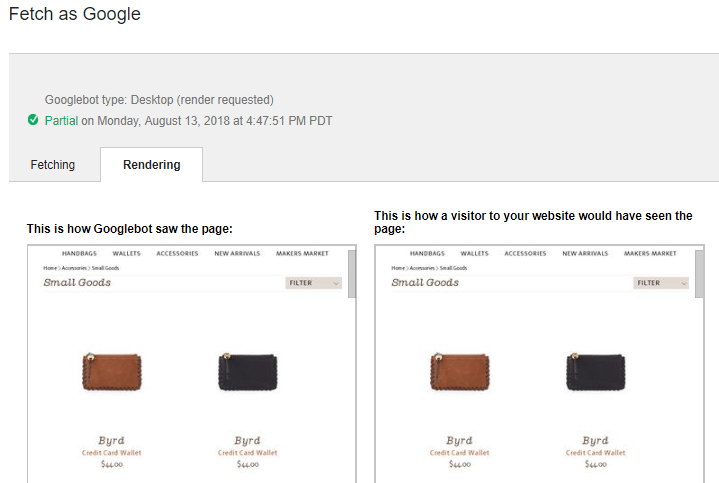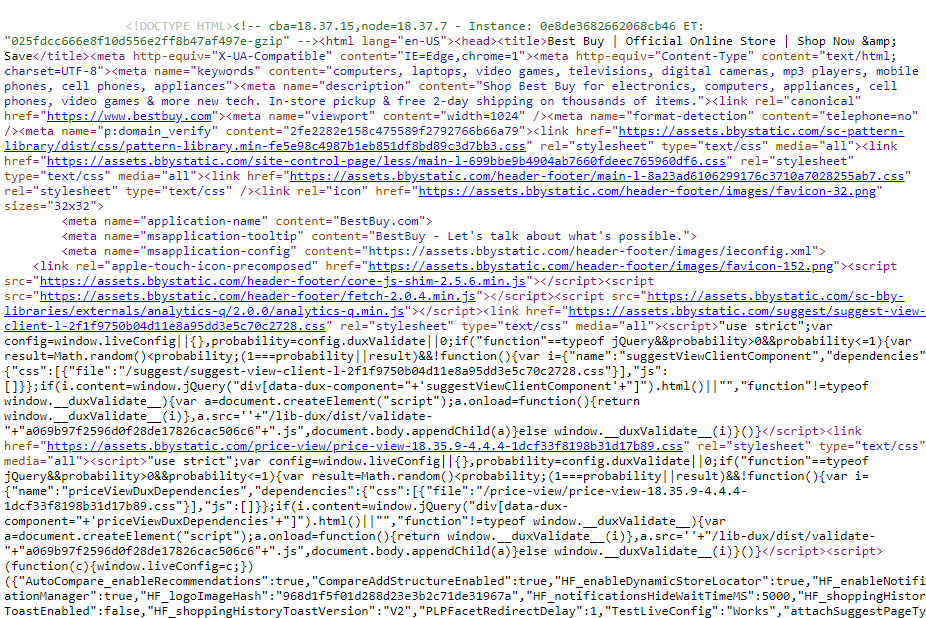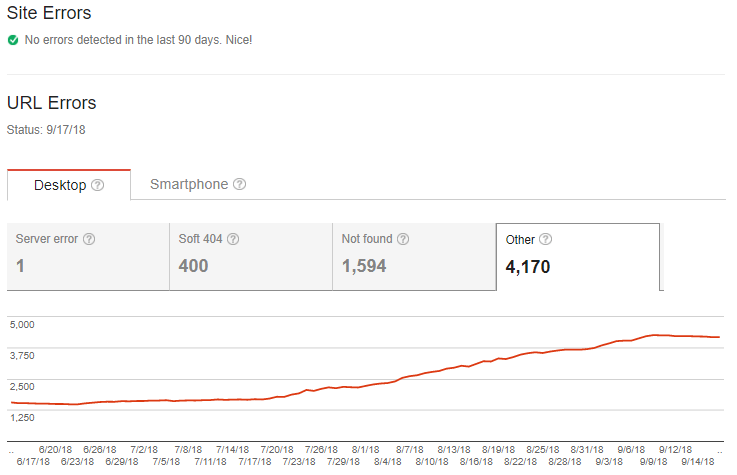 Reading Time: 5 minutes
Reading Time: 5 minutesA technical search engine optimization assessment of a site is absolutely essential if you want to maximize SEO efforts and see subsequent benefits. Technical SEO is all about communication to the search engine via page response headers, information architecture, cross-linking, and more. It comprises everything that affects a search engine’s ability to find, crawl, and index content—and then interpret it the way you want it to interpret it.
For these reasons, conducting a technical SEO audit is an essential task, but sometimes SEOs can be too focused on approaching an SEO audit as a checklist, rather than as an analysis of communication between a site and a search engine. I have included four critical areas that may or may not be on the average SEO list to analyze during a routine technical SEO audit and the questions that you should ask and answer in detail to ensure no stone is left unturned.
Contents
JavaScript Use

Now, more than ever, it is critical that an SEO check how a site is using JavaScript. Because of the benefits in ease and speed of development, an increasing number of sites are utilizing JavaScript frameworks. Common frameworks include Angular, React, and Polymer. These frameworks cause significant challenges in getting the search engine to find and index content, and they create plenty of headaches for SEOs. Challenges with JavaScript use on websites is such a hot topic in 2018 that Google had a dedicated presentation during Google I/O (Google’s annual developer conference held in Mountain View, California) to address the long-held challenges and frustrations developers and SEOs have in working to get sites that utilize these types of frameworks effectively crawled and indexed. As an SEO, it is important to not only be able to identify when and which type of JavaScript framework is being used but also how integrated it is for each template, meaning what specific content is being inserted on the page using JavaScript. However, even if a site is not fully built on a JavaScript framework, it may still affect critical portions of content on pages that may have a negative effect on SEO potential.
Questions to Ask
- Is there content being inserted via JavaScript on the page or template?
- Does the site utilize a JavaScript framework?
- Can all content be seen when tested using Google’s Fetch and Render tool in Google Search Console for the search engine view?
- Is Google’s Fetch and Render tool returning any errors or URLs that are blocked to the search engine?
- When JavaScript is disabled, can the user still effectively navigate through the site and see all pertinent content?
- Is there any animation on the page driven via JavaScript, such as scrolling, content insertion, and other content movements?
- If JavaScript is used to insert critical content for templates, has a workaround been put in place to allow the search engine to effectively find and crawl content, such as a cached, prerendered version of the site, or something similar?
Source Code

The source code of a page can provide a wealth of information about how a site is built, template issues, and much more. Don’t rely on crawlers and code validators to fully identify issues and make useful observations. It is imperative you directly review source code to do a direct evaluation. In order to view the source code hit CTRL + U for a PC on all browsers and OPTION + COMMAND + U for a Mac in Safari (for a Mac be sure to enable the Develop menu in the Advanced tab for this shortcut to work in this browser), COMMAND + U in Firefox, and OPTION + COMMAND + U in Chrome.
Questions to Ask
- Is there an overly large amount of white space in the code?
- Is there only one title tag?
- Is there only one meta description?
- Is there only one <head> section?
- Are there generally many lines of code compared to the amount of content included on the page?
- Are all links, cross-links or otherwise, relative or absolute URLs?
- If a WordPress site is being evaluated, are there any plugins identified in the source code that are not directly identified in the WordPress interface?
Page Errors

Page/site errors are an essential area of analysis. As few pages as possible should be returning anything other than a 200 OK response to the search engine (except for redirects). High numbers of site errors, regardless of the type, can cause a wide array of issues, from preventing a search engine from reaching critical content to inadvertently communicating that a site may not be well maintained. It is not practical to have a site return zero errors, especially for larger sites, but ideally a site would have no more than 5 percent of URLs available for indexing returning an error in total.
Questions to Ask
- How many soft 404 errors are identified? Are any identified for critical pages?
- How many server errors (5xx) are identified? Are any identified for critical pages?
- How many 404 errors are identified? Are any identified for critical pages?
- How many other types of 4xx errors are identified? Are any identified for critical pages?
- Have there been any recent significant spikes or increases for any error types?
- What common trends or characteristics (directories, parameters, etc.) can be identified for pages returning an error, particularly for pages returning a 404 error?
- Are there any common time frames for when multiple error types increased or decreased in number?
Page Load Time
More critical than ever, page load time may seem like something to include in a user experience analysis rather than in a technical audit, but all the fixes to improve this important ranking signal will most likely require a large amount of attention from developers. With the announcement from Google in July 2018 that page load time is officially a ranking signal for mobile (as opposed to just desktop), it is imperative this element be analyzed and included in any technical SEO evaluation of a site. Many factors can influence page load time, and there are too many to mention here, but I have included essential questions below for aspects of page load time that commonly present issues.
Questions to Ask
- What types of requests are contributing significantly to page load time overall (JavaScript, CSS, JPG, etc.)?
- Of the types of requests significantly adding to page load time, are there individual requests of those types that are taking a long time to load?
- Are all image files below 50KB or less?
- Are there an overly large number of third-party requests?
- Are there a disproportionate number of JavaScript requests for each template compared to functionality on the page for which JavaScript is needed?
- How long does it take for users to first start seeing content visible on the page with which they can interact (or the perception they can interact)?
- Are CSS sprites being utilized for added optimization?
Including the questions above in your next technical SEO audit will ensure you are analyzing critical aspects of a site that can have a significant impact on strategic SEO efforts and overall SEO impact in the long term. Always remember the goal of technical SEO is to ensure the site and the search engine are communicating correctly at a foundational level. When these issues are fixed, everything else (keyword targeting, relevancy, content creation) will be maximized.
At Vizion Interactive, we have the expertise, experience, and enthusiasm to get results and keep clients happy! Learn more about how our SEO Audits, Local Listing Management, Website Redesign Consulting, and B2B digital marketing services can increase sales and boost your ROI. But don’t just take our word for it, check out what our clients have to say, along with our case studies.




